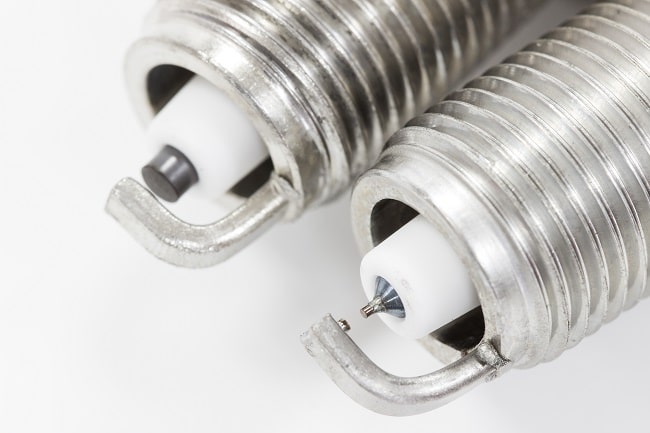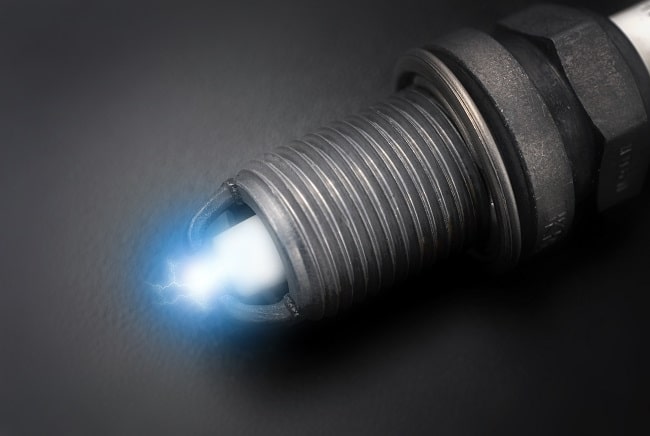
Gasoline engines use spark plugs to heat the fuel-air mixture in to ignite the cylinders. These differ in the number of electrodes and the material they are made of, and are manufactured by a variety of companies. In this article you will find information on how to correctly select the components to make the engine easier to start, increase power and reduce fuel consumption, as well as many other useful tips.
More on the topic: How to Ignition system checked?
Main variants
By number of electrodes:
- Single-pole. These each have a metal center and side electrode with a diameter of 2.5 mm. This simple construction ensures efficient combustion. These parts are inexpensive and have a short lifespan.
- Multi-pin.These have up to four side electrodes and are characterized by a long service life, as their working elements wear out one after the other. However, it is not possible to adjust the distance between the electrodes. These components are the best choice for engines where the spark plug wells are difficult to access.

By material of the center electrode (we only list the most common types):
- Copper-Nickel. These have a service life of 25,000-30,000 km . They are inexpensive and ideal for in-line engines.
- Platinum. These last up to 120,000 km. They have a thin electrode that gives off a stronger spark.
- Iridium.These spark plugs are more resistant to high temperatures and corrosion. They have the same service life as those made of platinum and enable maximum efficient fuel combustion.
- Silver. These are resistant to high loads, vibrations and dirt. They are the best choice for vehicles that run on LPG. The disadvantage is their short service life: only up to 30,000 km on average.

A tip from CarTipsandmore:Platinum and iridium components are relatively expensive. However, if your vehicle has spark plugs that are difficult to access, then it is better to install parts of this type as they have a long service life. We advise you the same if your vehicle is used a lot. Otherwise, even cheap components will do. By heat range:
- Hot. These have low heat dissipation from the center electrode and insulator. They are used in low compression ratio engines that run on low octane fuel.
- Cold. These feature high heat dissipation and are used in engines that require high octane fuel and have a high compression ratio.
- Medium. These have balanced characteristics of the first two types. These spark plugs are also the most common.

In addition, spark plugs differ in terms of diameter, thread pitch and length, size of the hexagon socket and type of seal (soft metal washer or conical seat).
Popular spark plug models
- Bosch Platinum plus HR6DP. These have a center electrode with a soldered platinum tip. They are extremely wear-resistant and have a long service life, namely up to 120,000 km.
- Denso K20TT. These have thin 1.5 mm nickel electrodes and are suitable for both petrol and LPG engines. They have properties similar to those made of iridium, but are less expensive. These spark plugs reduce fuel consumption and exhaust emissions.
- Champion N9BYC4. These have three ground electrodes and a long service life of up to 70,000 km.
- Beru ULTRA-14FGR6DDU. Their distinctive feature are two pairs of additional asymmetric electrodes. Their operation is stable even at low voltage.
- Valeo R76H11. These have a side electrode and an optimal spark gap, which ensure perfect spark formation. As a result, less fuel is consumed and there is a certain increase in engine performance (up to 2.1%). They have a reasonable price.
Conclusion
Replace the spark plugs immediately when their service life has expired. Procrastinating on this issue can result in failure of the engine and other vehicle systems. Follow CarTipsandmore's recommendations and install components that best suit your vehicle.
